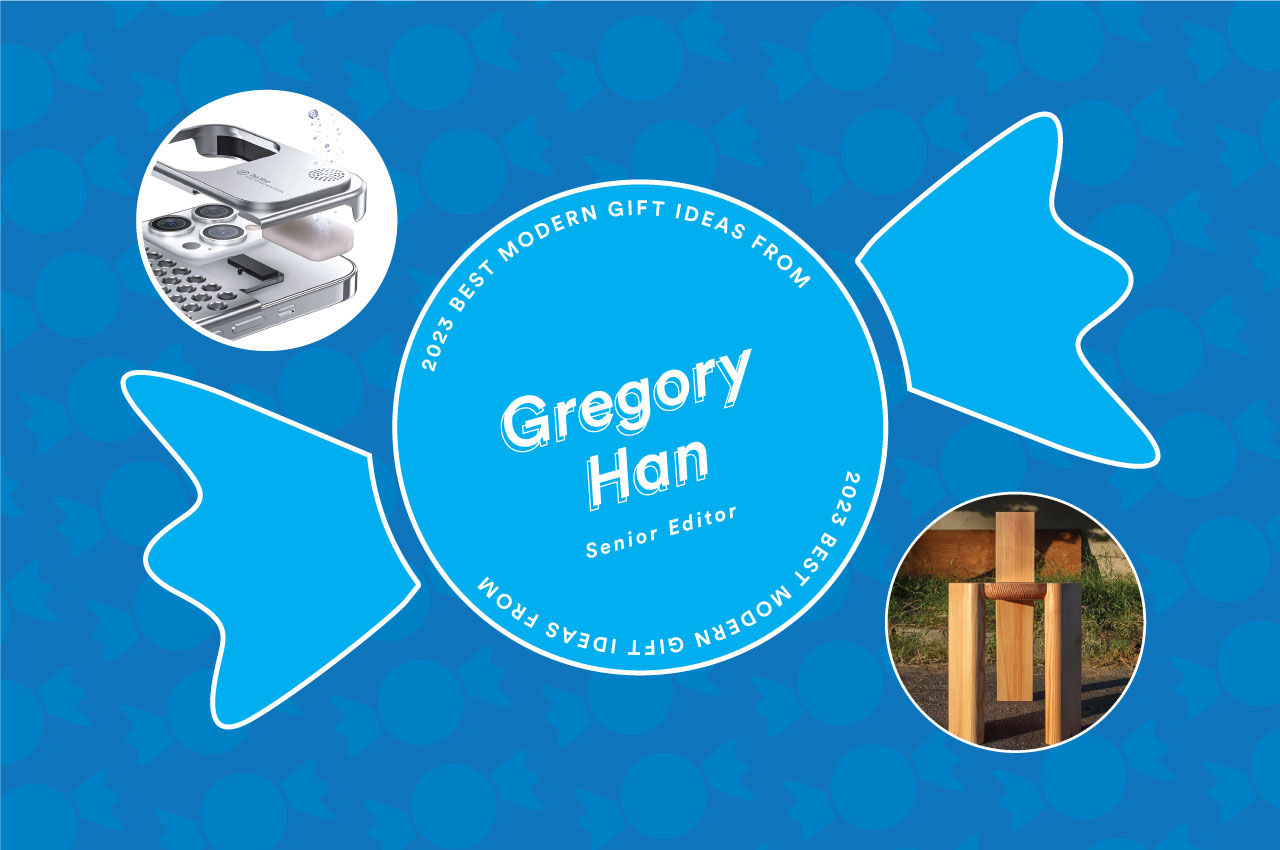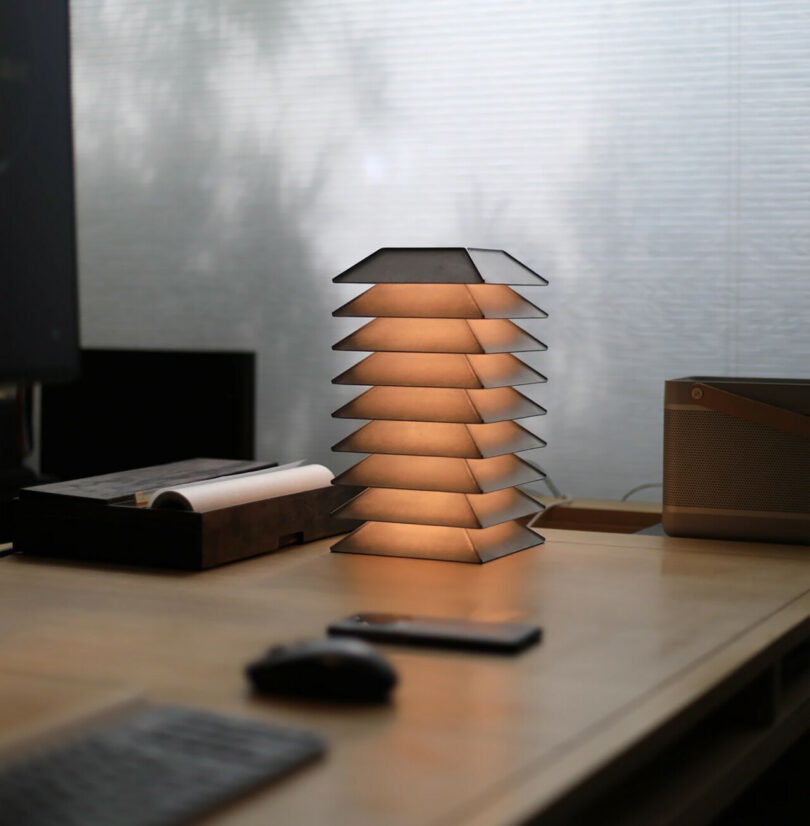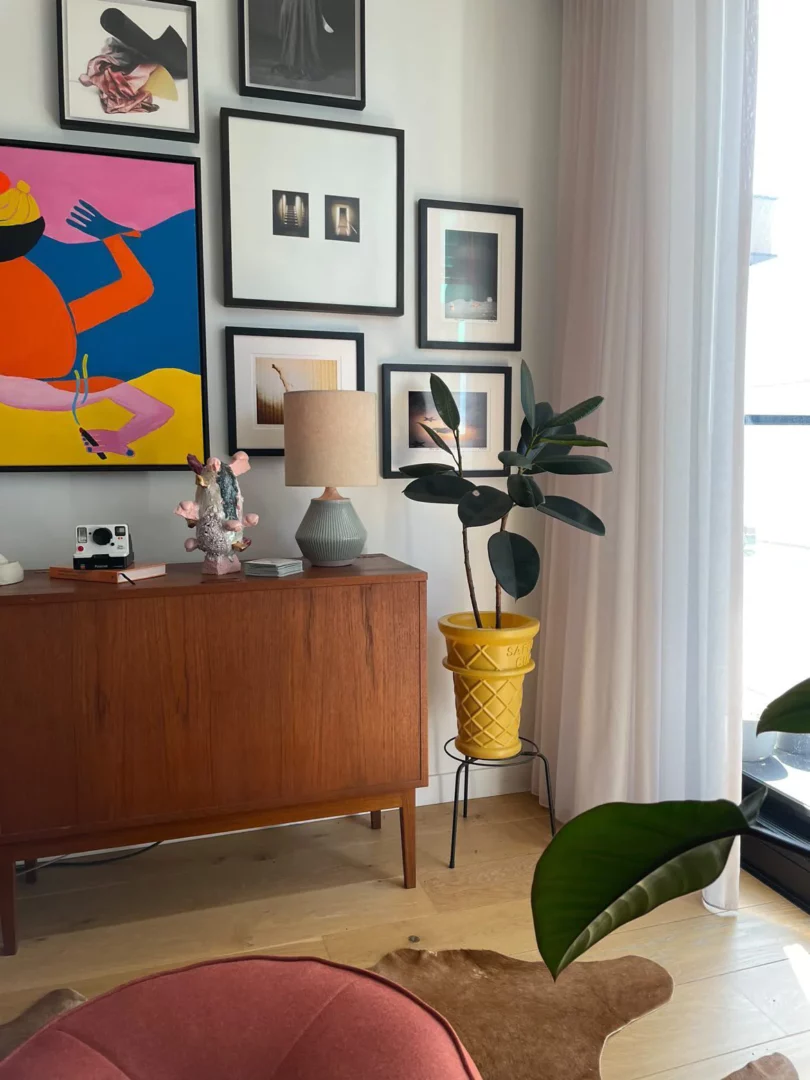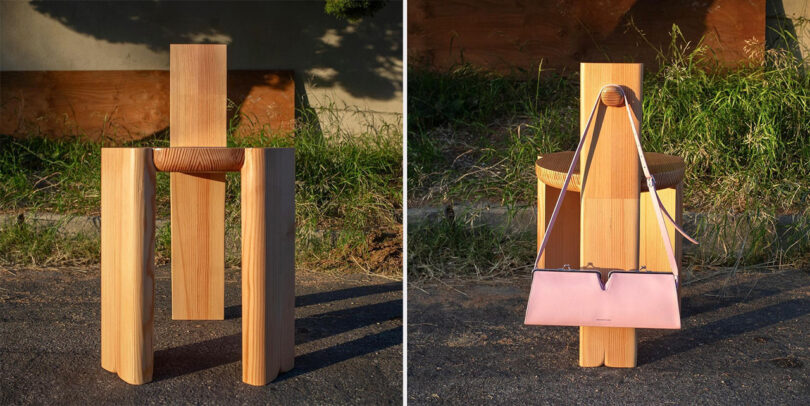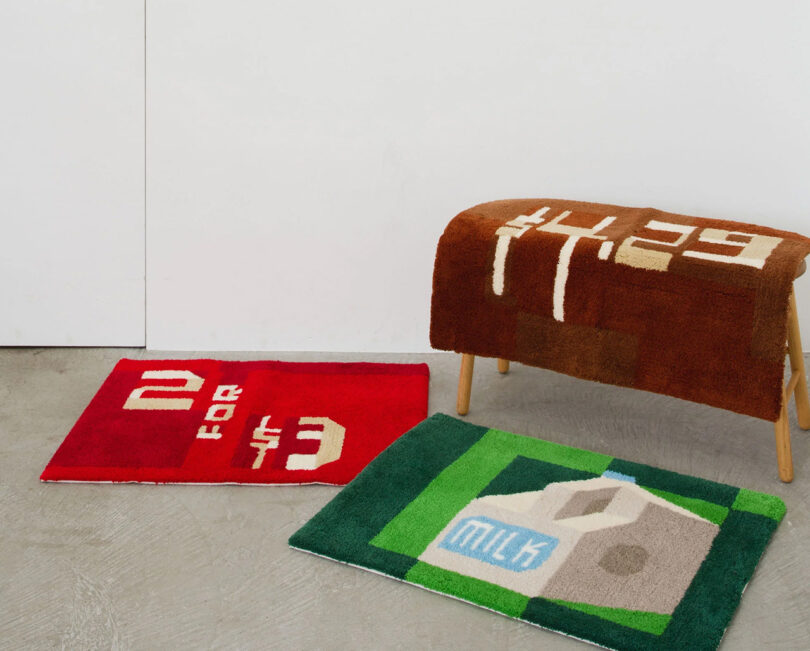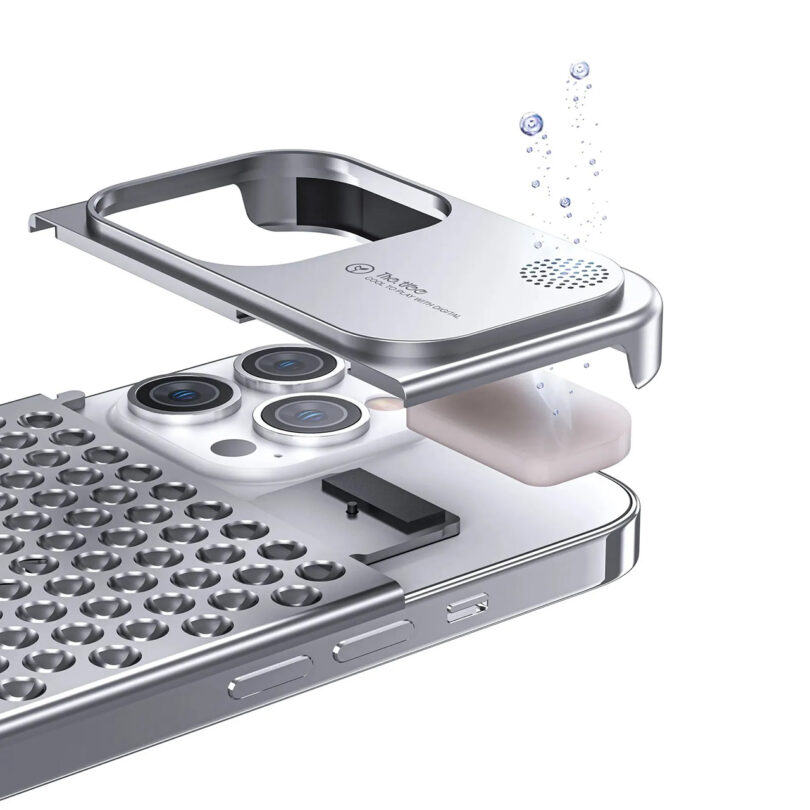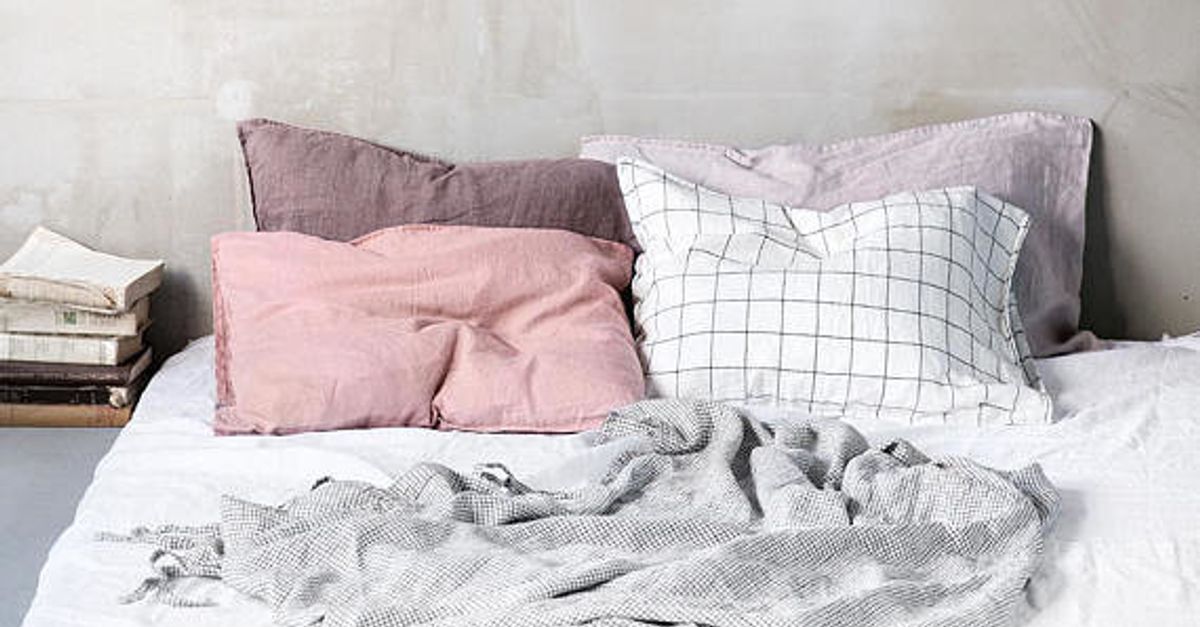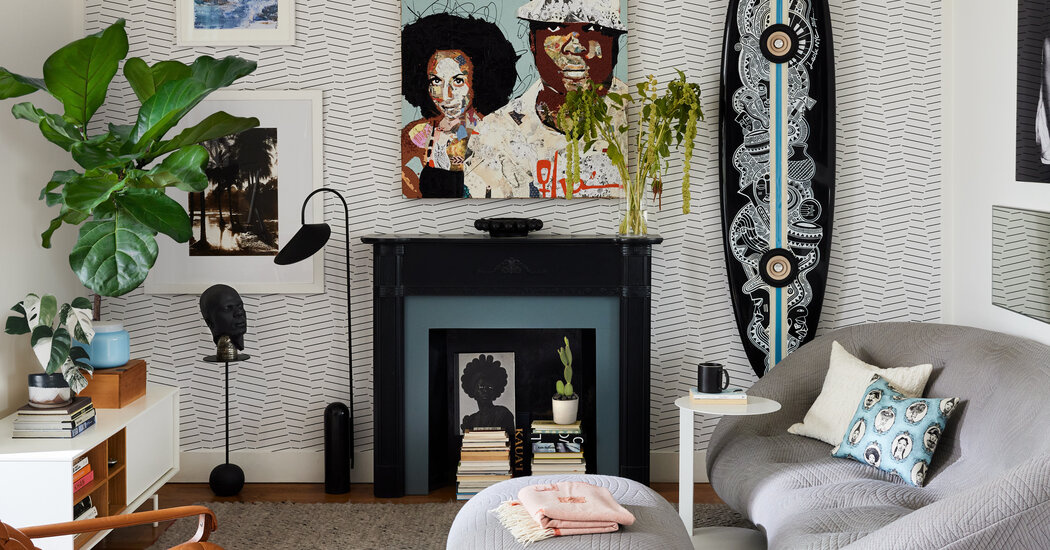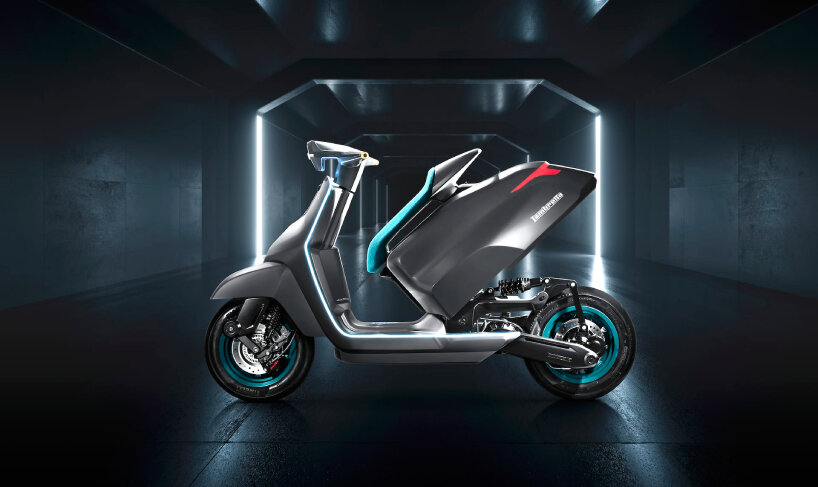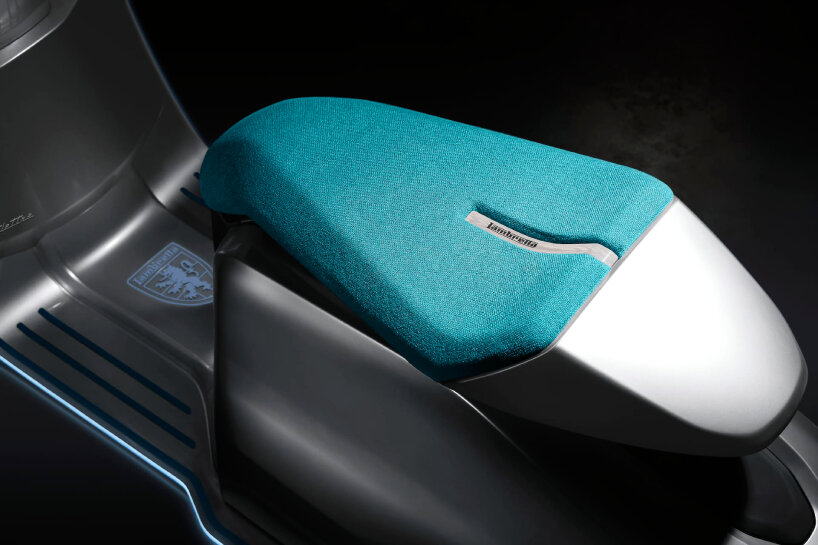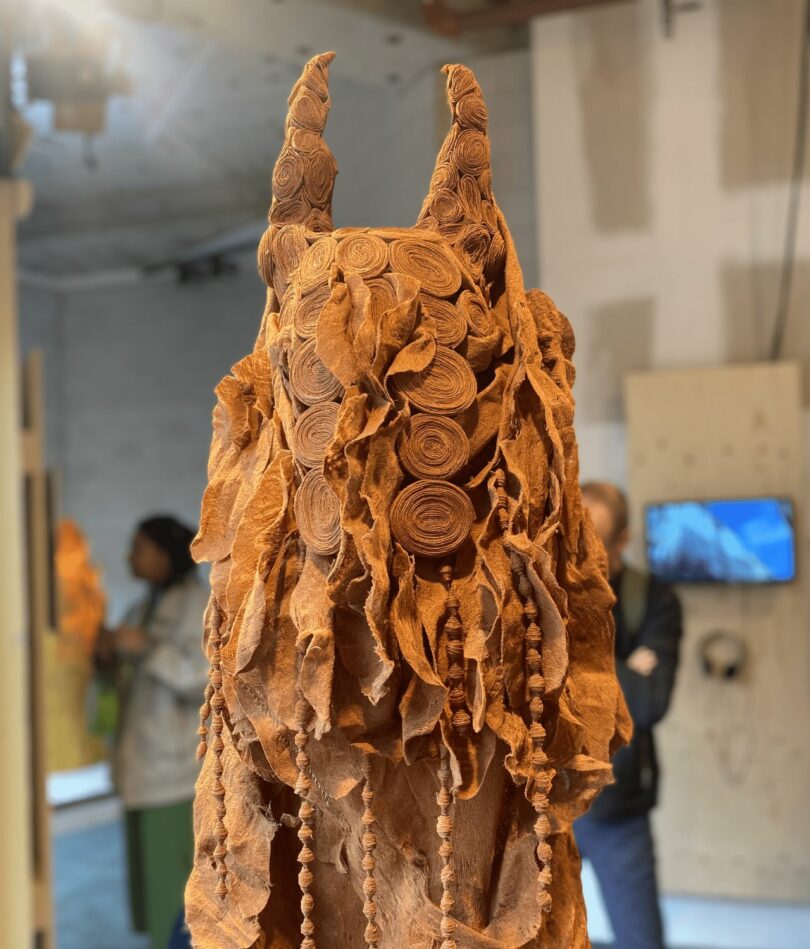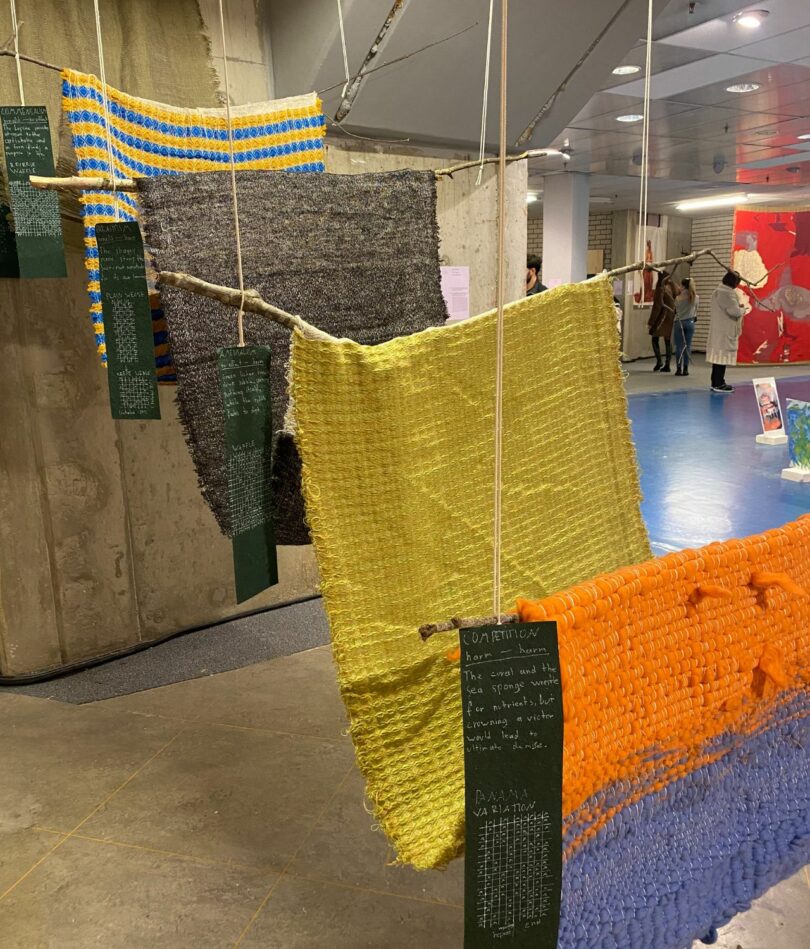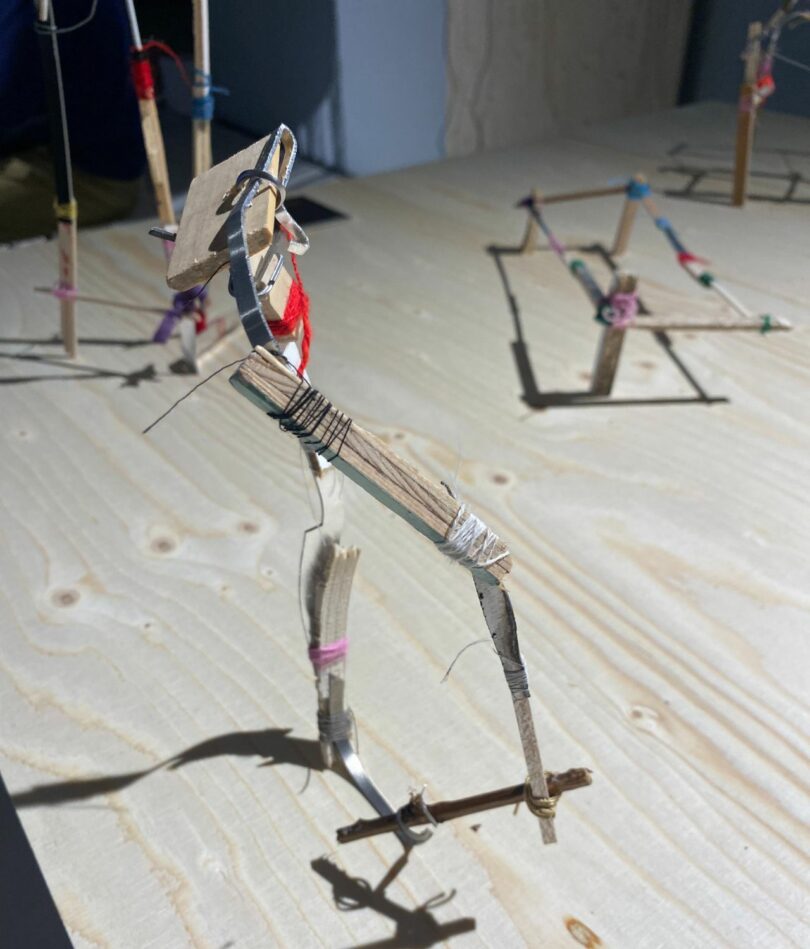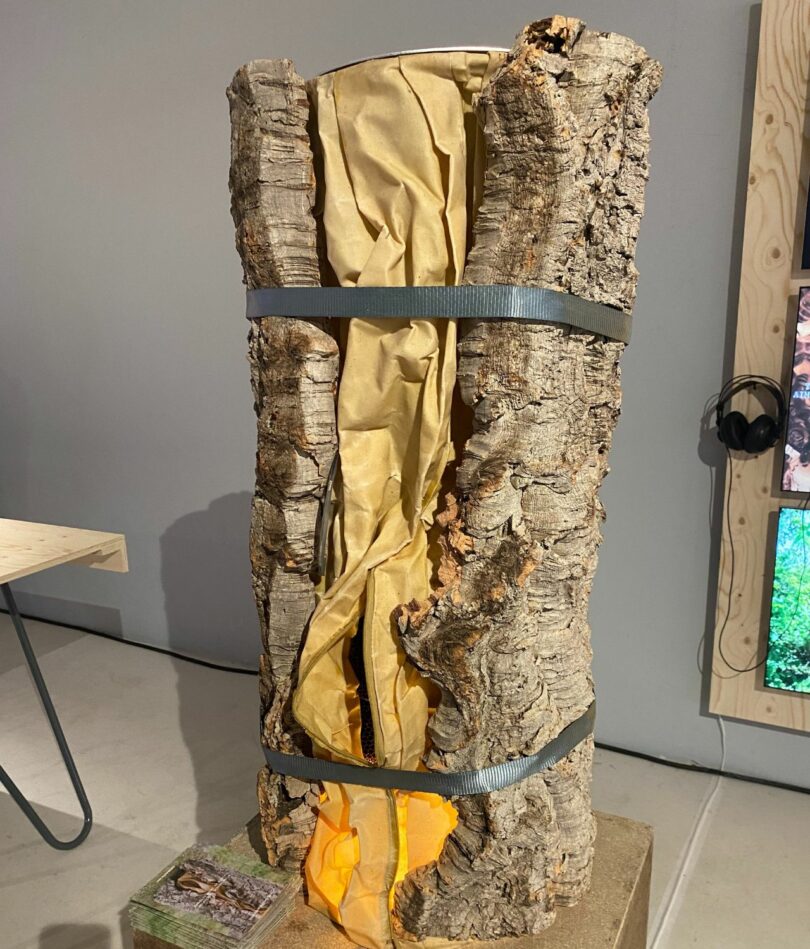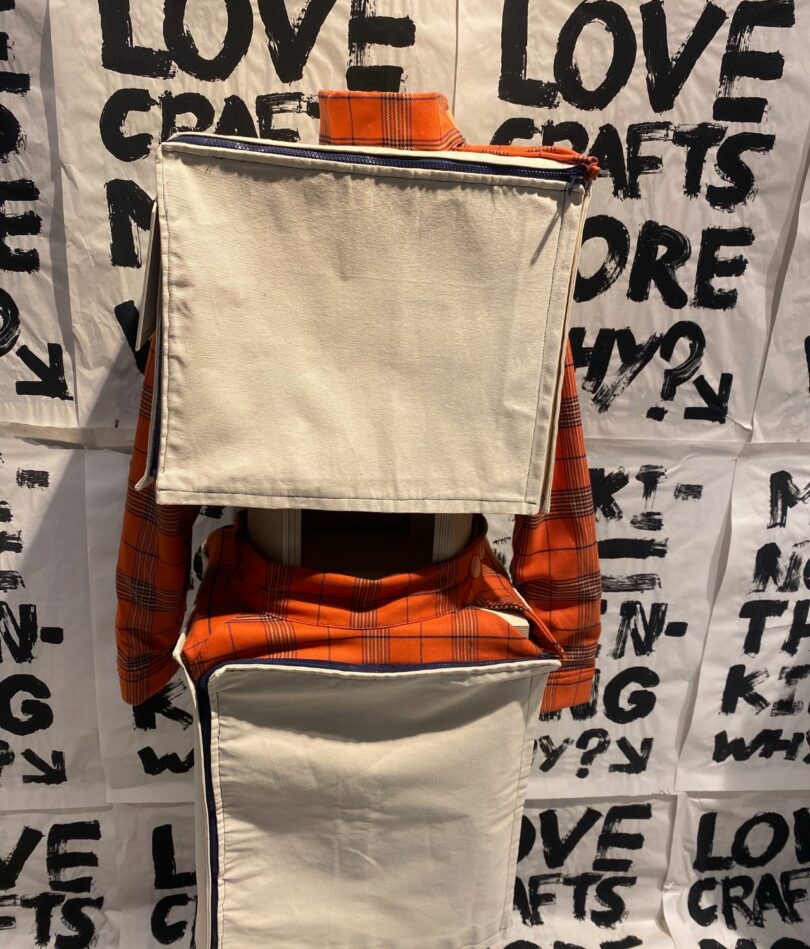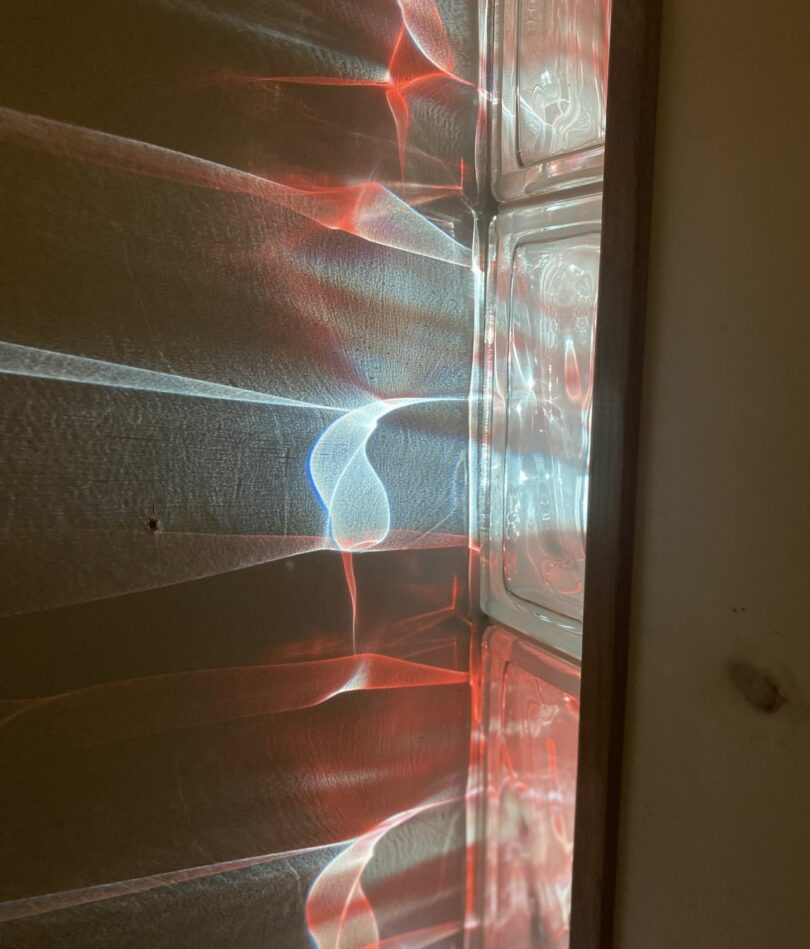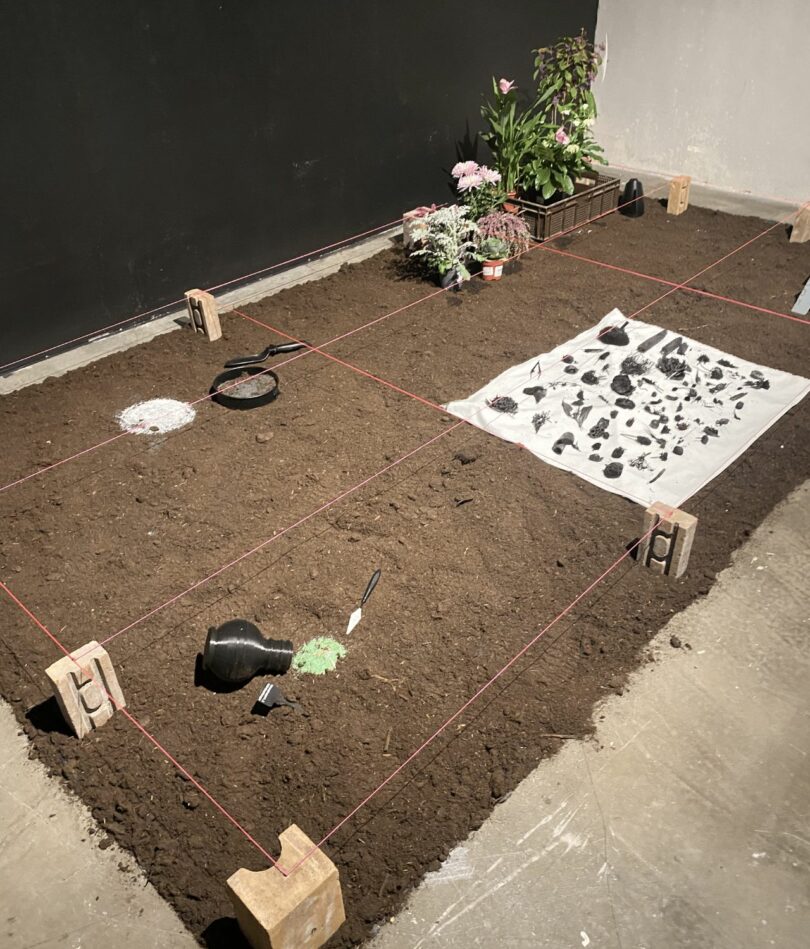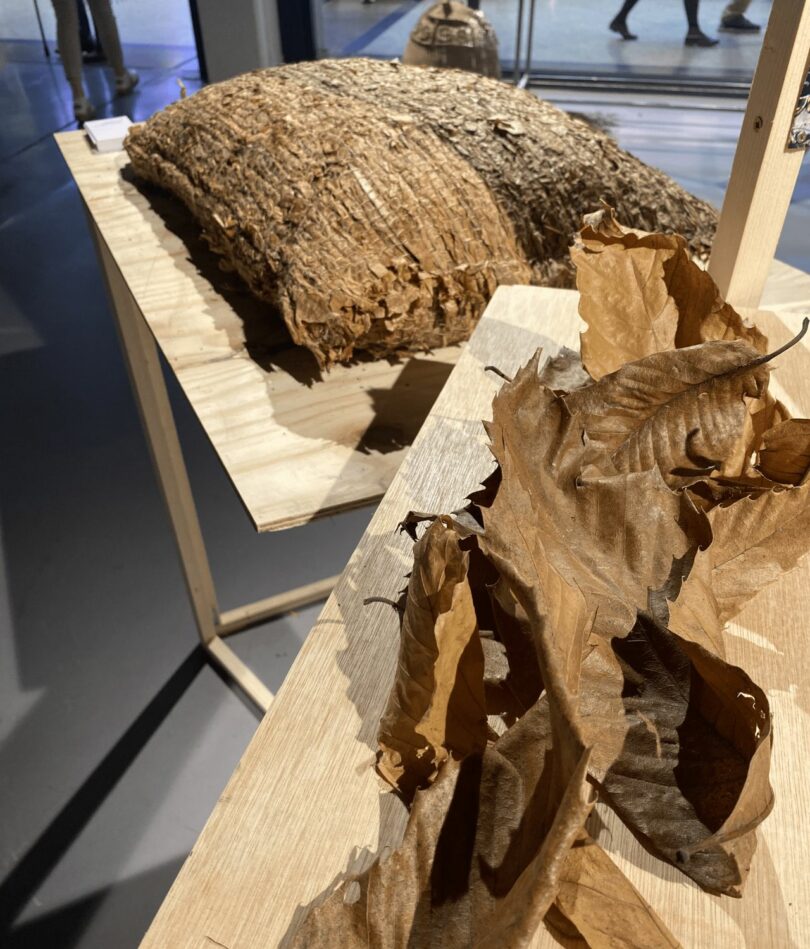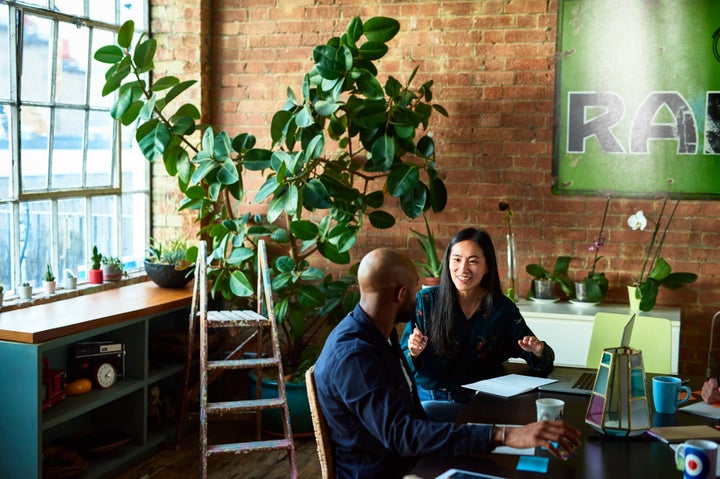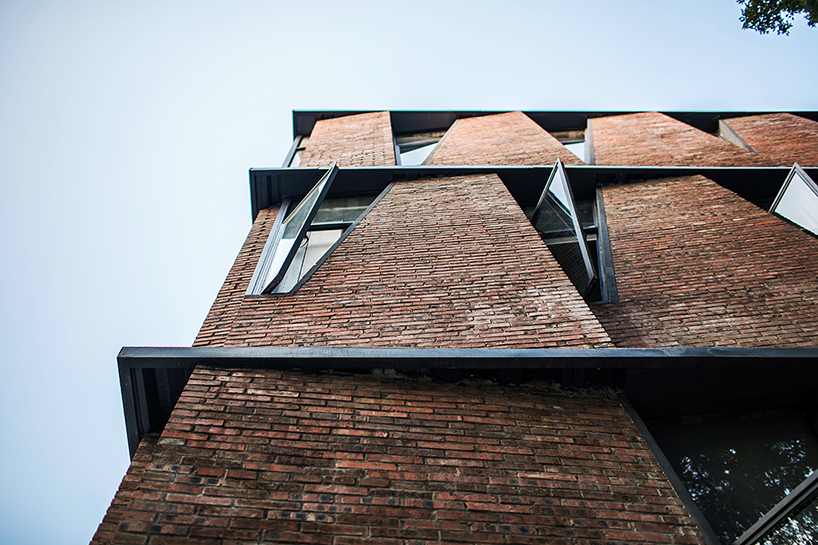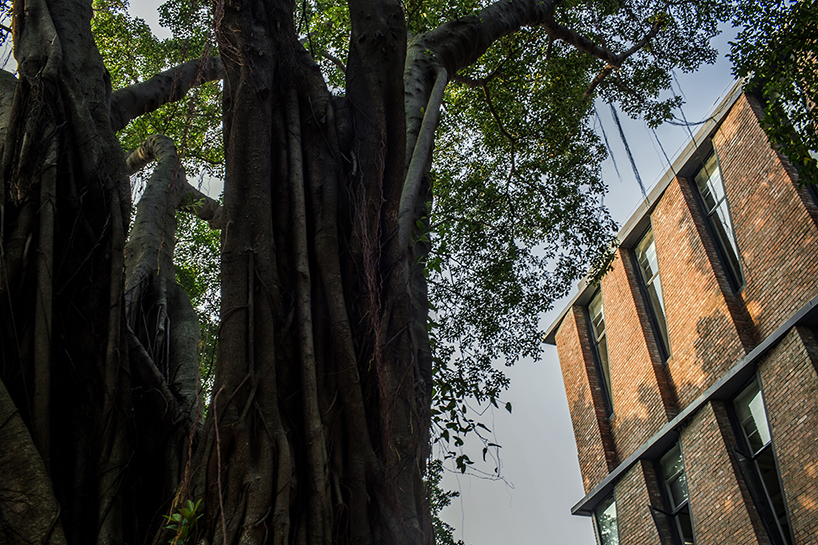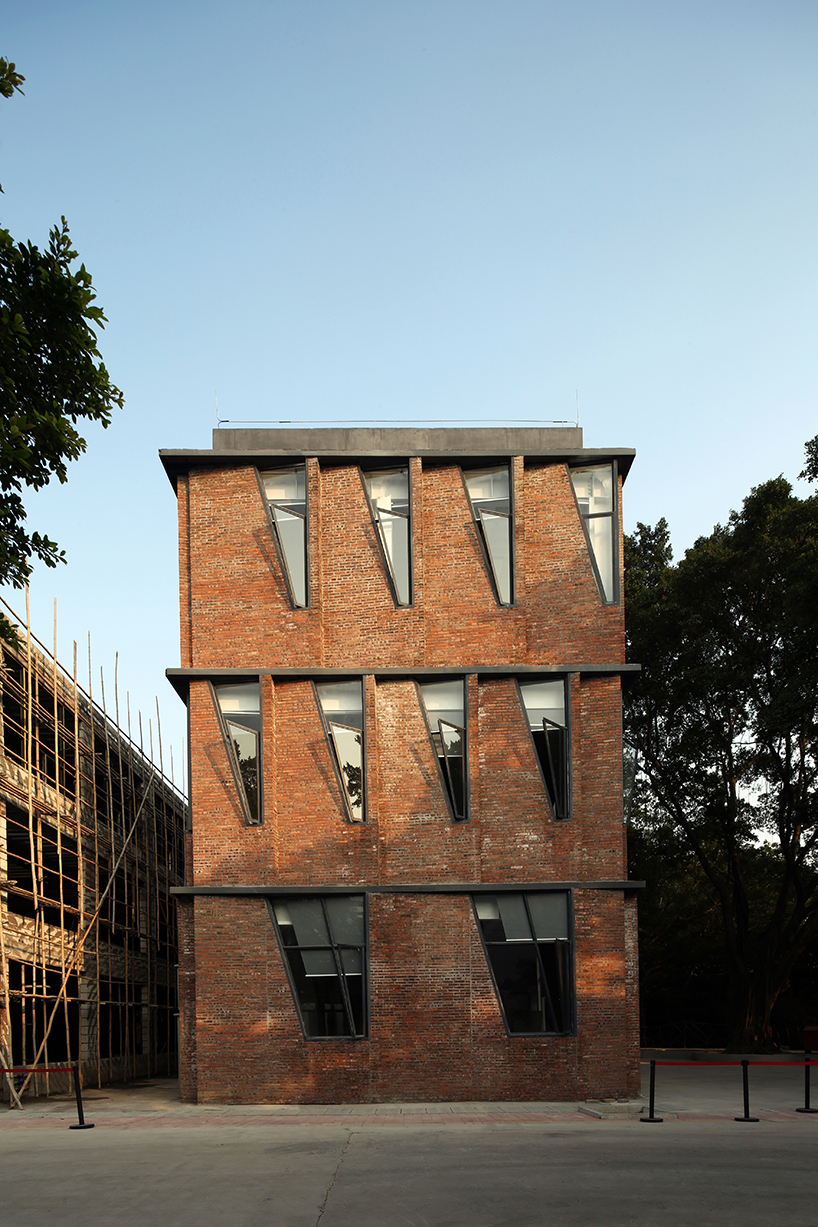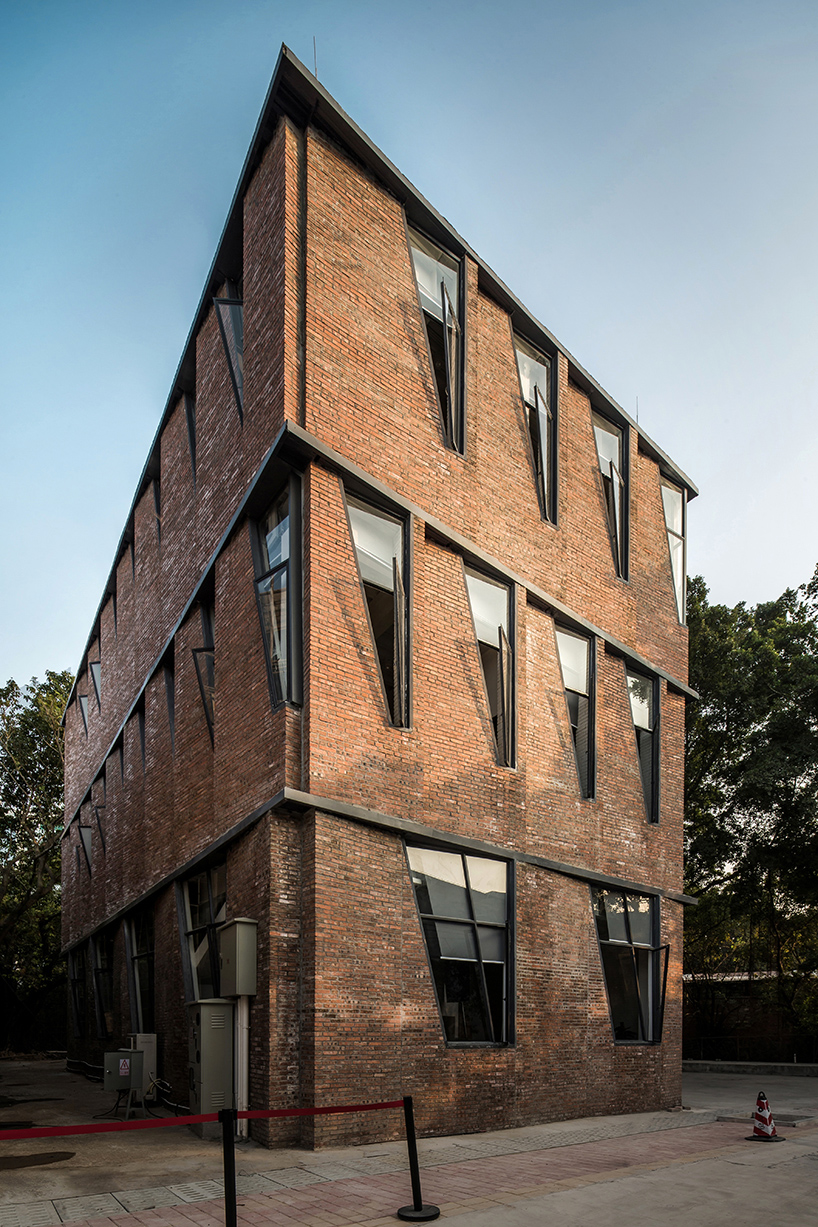2023 Modern Gift Ideas From Senior Editor Gregory Han
[ad_1]
Despite my longtime role here amongst my esteemed Design Milk colleagues as our site’s resident technology lover, my personal wants have increasingly leaned toward the utilitarian. In the past year my wife and I bought our first home, and we wrote out first book together, and in turn, it always seems like my wishlist looks more like a shopping list for a contractor or the supplies list of a hiking enthusiast rather than a design lover. Even so, there are more than a few gift items my design-loving heart longs to welcome into my life, a few of them shared below…
I still love the Dixon-designed Jack that I purchased a lifetime ago in celebration of a move and promotion, and I’ve continued to admire his current efforts, like this chemist-inspired borosilicate vessel that lands within the nexus of my interests in science, design, and display. It ain’t easy being green, but displaying any plant or floral cutting with this vase will easily add a dimension of the graphic to complement the natural.
Architecturally-inspired lighting can veer into the realm of kitsch, but Hangzhou-based designer Mario Tsai’s multi-tiered, die-cast aluminum lamps and lights inspired by the pagoda are a study in understated elegance. The light it glows with is more atmospheric than room illuminating, but as someone with a low-grade obsession with lighting, I’d welcome this modular height design in any of its 5-20 layer iterations to light the way.
In another lifetime, I worked as a toy and products designer, and decorated our tiny studio apartment at that time in appropriate colorful, playful fashion. I might have grown up just a little bit since then, but a part of me will always harbor a lasting love for objects that tap into our inner child, free from that horribly boring thing we call “taste.” If someone calls this cheesy, I’ll just throw out the, “It’s inspired by Claes Oldenburg!” card, then offer them a scoop of my favorite ice cream to placate their misplaced judgment.
Los Angeles designer/artist Sebastian Curi seems to subscribe to the belief you either “go big or go home!” Many of his silkscreen prints capture the captivating gestures of the hand in various poses, but I’ve recently fallen for his dual Daytime/Nighttime oversized 40″ x 55″ prints. At this scale they’d add some colorful graphical oomph that will never wilt like their IRL counterparts.
Willy Hu first appeared on my radar via his work for LA-based Sugar Lab, “the world’s first true digital bakery,” soon followed by my drooling attention toward the delectable efforts he and his partner Lexie Park create under the food + design moniker, Eat Nünchi. Hu’s latest endeavor in partnership with Jimmy Chung takes a more organic-modern approach, a series of stools launched and sold via Instagram evoking what my eyes perceive as traditional lacquered Korean Joseon dynasty spirit through the prism of Southern California modernism. I’ve already placed a down payment for one of UJU Studio’s ebonized stool designs with a sculpted knob, an early gift to myself.
I doubt I’m alone when I say the passing of time feels hazy at best. And what better way to represent the nebulous presence of time’s passing than this translucent glass wall clock designed by Makoto Koizumi for Japanese clock band, Lemnos. Or in the words of the designer: “We sometimes find the presence of a clock unpleasant. And sometimes the existence of time is also unpleasant. So a slightly ambiguous sign of time is just fine.” Amen.
Artist Jeffrey Sincich’s embroidery art captures that comforting human element associated with the hand-painted signage that I still remember dotting the streets of San Francisco. Seeing them elicits a bittersweet realization the artistry and craft of hand-painted signage is fading from our collective memory. Maybe that’s why I want this welcome mat-sized rug featuring one half of this site’s namesake. I wouldn’t dare step on this rug, believing it deserves a place on my wall to admire like the sign that inspired it.
As an iPhone never-nude, I’ve always encased my devices, just in case. Typically it’s been leather, more recently with Apple’s new FineWoven material (despite some reports saying otherwise, I’ve found the micro-twill durable and easy to clean). The new iPhone 15 Pro and 15 Pro Max might be sheathed in sections of titanium along the edges, but that doesn’t mean I want to expose those areas to scratches and dents, nor my oily paws. Thus, I’m tempted to try one of these ventilated aluminum alloy cases sporting the cheese grater design that any Apple Mac Pro desktop enthusiast would recognize. If you’re wondering what’s up with the “Aromatherapy” part of the case’s name, apparently there’s a perforated section designed for a drop of perfume or an essential oil. How scentual.
This is one of those gifts primarily practical in nature, but so well designed, it emphasizes how the best gifts are ones you’ll use and love on a daily basis. As someone who likes to keep his kitchen knives sharp, but doesn’t necessarily love the amount of time required to do so, this magnetic sharpener is a clever means to keep blades at their best without all of the multi-step care required of a whetstone. It’s just expensive enough to be a really nice gift, one that would be extra nice paired with a Damascus gyuto.
For many years we lived in a modest apartment overlooking the back corner of Richard Neutra’s VDL House, aka the Van der Leeuw House. The iconic residence is still imprinted as the epitome of the mid-century ethos, offering what I consider an elegant and modern way to live. With bedrooms as intimately private as the home’s shared living spaces are voluminous in possibilities, I’ll always remember the sensation of compression and expansion thoughtfully laid out at a modest residential scale, alongside the romantic spill of sunlight that would angle into the corners of the home with the sunset. I wouldn’t mind any of Studio Sander Patelski’s series of architectural inspired prints, but this one would be appreciated with all those special memories.
Follow along so you don’t miss any of our 2023 Gift Guides this year!
This post contains affiliate links, so if you make a purchase from an affiliate link, we earn a commission. Thanks for supporting Design Milk!
[ad_2]
Source link
